Asset Framing: Strengths-Based Storytelling
As of November 1, 2020, National Veterans Intermediary (NVI) is called the Local Partner Network. Older content may reference our original name.
Leaders of successful collective impact initiatives have learned that telling the stories of those they serve is a huge part of garnering community support and engaging stakeholders. But is the way veteran-serving organizations talk about their work alienating—or even disempowering—the very people we’re all working to help?
The language we use to talk about veterans is more than just semantics: The way we describe people triggers associations in the subconscious mind and influences the way we feel about the subject in question. For example, if we call someone a “homeless veteran,” our brains tie those words together in a way that forms an automatic association. The more we hear the phrase, the more the association is reinforced. It may seem like a “veteran who is experiencing homelessness” is just a wordier way of stating what’s true. But the phrase “homeless veteran” makes homelessness—and all of its stigmas—a part of the veteran’s identity. A “veteran experiencing homelessness,” on the other hand, describes a human experiencing a problem.
Trabian Shorters, founder and CEO of social impact organization BMe Community, has pioneered “asset-framing,” a storytelling approach based on the work of social scientist Dr. Daniel Kahneman. Through his work with BMe, Shorters and his program’s fellows encourage philanthropists, nonprofits, advocates, and others to define people by their aspirations, and not their problems or challenges.
To understand “asset-framing,” it helps to understand the current paradigm: “deficit-framing.”
Deficit-framing is seen everywhere from mission statements to “success stories.” By defining a person or community by their problems or challenges, we unintentionally do a few things:
- We tie the problem to the person or community’s identity. This is both stigmatizing and alienating to the very folks we’re trying to support. Largely, people don’t want to identify as a “homeless veteran.”
- We undercut our storytelling ability by setting up a less compelling, negative story. By associating our protagonist with their problem or challenge, we misplace adversity and bungle the narrative structure. The protagonist (a veteran, in this case) should be distinct from the antagonist (which can be a complex system of factors—housing crisis, difficulty accessing benefits, job loss, healthcare concerns, and more).
- We reinforce a scarcity mindset. Problem + solution = finite impact. If June is a homeless veteran, and she gets a house, our work here is done. But opportunity + assets = infinite possibility. If June is an aspiring HR manager who is seeking stability for her family and wants to further her education, we can support her in all of those aspirations and we have greater impact, with positive stories to tell.
To learn more about Asset-Framing, listen to Trabian Shorters explain the power of narrative, storytelling, and asset-framing in this powerful and disarmingly funny podcast.









